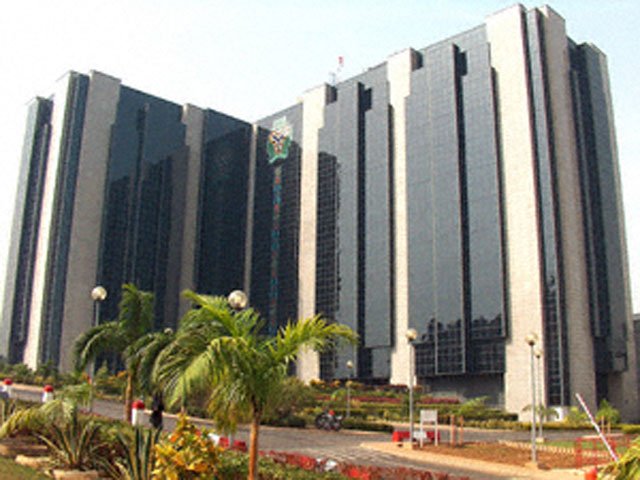
The nation’s external reserves continued its steady but sure decline, according to the latest data on the website of the Central Bank of Nigeria, on Tuesday morning, shedding $1.044bn, or 2.61% month-on-month to $38.298bn on December 20, 2019.
The reserves level has, therefore, touched its year-low level, dropping from the $40bn mark on November 15, after months of spirited defence by the apex bank, such that in the two months between October 18 and December 20, the level has declined by $2.028bn, or 4.95%.
Between June 28 and now, the reserves has fallen from $45.069bn, representing a drop by $6.144bn or 13.63%; year-to-date, however, it has lost $4.191bn or 9.72% from $43.116bn as of December 31, 2018.
From that level, Nigeria’s foreign reserves, according to the CBN data went on to peak at $45.116bn before the steady decline.
Speaking at the 2019 Bankers Committee Retreat in Ogere, Ogun State, on December, 13, 2019, CBN Governor, Godwin Emefiele, said it is some improvement, “relative to its low point of $23bn in October 2016.”
The level, he noted, is given “the impact of a tighter monetary policy regime, attractive yields in the money market, and our efforts at supporting domestic productivity in the agriculture and manufacturing sectors; (which) along with improvements in oil production, have supported continued foreign exchange inflows into the Nigerian market.”
In the Investors and Exporters’ window, he said “over $60 billion worth of transaction have taken place since the inception of the window in April 2017.”











